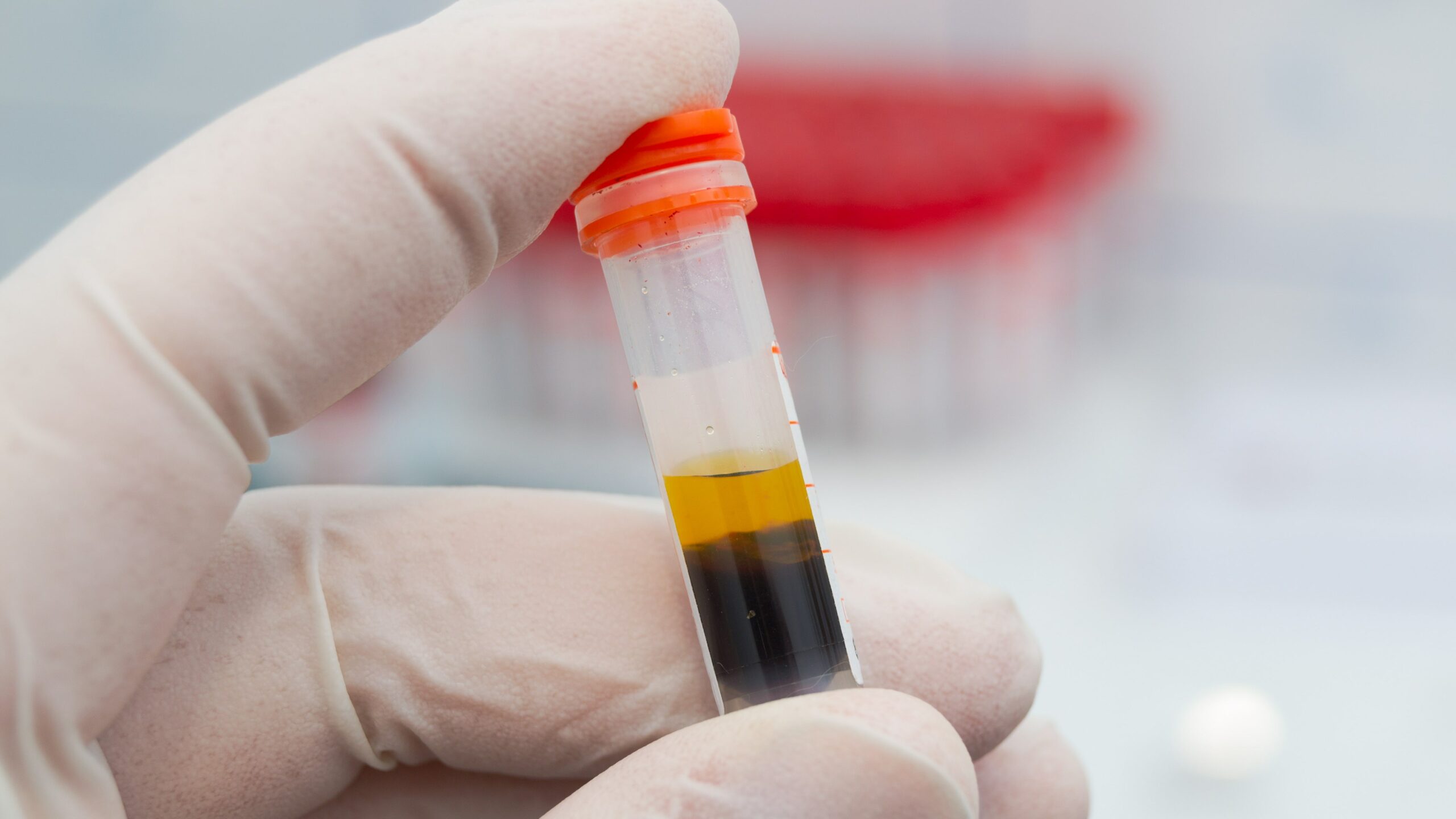
Researchers from the Columbia VA Health Care System in South Carolina aimed to analyze patient outcomes related to gout treatment, including serum uric acid measures and treatment adherence in patients across different regions.
“The goal of this paper was to analyze patient outcomes related to gout treatment, including serum uric acid (SUA) measures and treatment adherence across patients in metropolitan, micropolitan, or rural counties,” they wrote. The study was published in the Journal of Primary Care & Community Health.
The study was performed using a drug-disease cohort design, focusing on patients with gout who had begun urate-lowering therapy (ULT). The researchers utilized a chi-square test and adjusted logistic regression to compare the proportion of patients who had SUA <6 mg/dL at the 1-year follow-up among the cohorts. They calculated adherence to ULT by determining the proportion of days covered (PDC) and used a T-test to compare the average PDC. Additionally, an adjusted logistic regression model was used to estimate the odds of a PDC greater than 80%.
The study included a total of 9,922 patients, the majority of whom lived in a metropolitan area (77.4%), followed by micropolitan (11.8%) and rural areas (10.8%). The authors found no statistically significant differences among the proportion of patients achieving target SUA of <6 mg/dL, with 37.17% among metropolitan patients, 38.9% among micropolitan patients, and 37.7% for those in a rural area.
However, they did find a statistically significant difference in the proportion of patients achieving 80% treatment adherence, with 49.92% in the metropolitan, 51.78% in the micropolitan, and 55.05% in the rural areas. Adjusted regression models showed no statistically significant difference in proportions achieving target SUA levels or 80% adherence.
“Our results suggest that low proportions, <40%, of patients achieve target SUA of <6 mg/dL and adherence to treatment is generally poor,” the researchers noted. “Importantly, we did not find consistent differences in outcomes across the spectrum of rurality, suggesting that the potential access to care advantage among more urban patients is not translated into better outcomes.”
The findings highlight the need for further research and interventions to ensure that all patients receive the best possible care for their gout, regardless of where they live. They concluded their study by advocating for future research into provider-specific interventions for improving gout outcomes.







 © 2025 Mashup Media, LLC, a Formedics Property. All Rights Reserved.
© 2025 Mashup Media, LLC, a Formedics Property. All Rights Reserved.